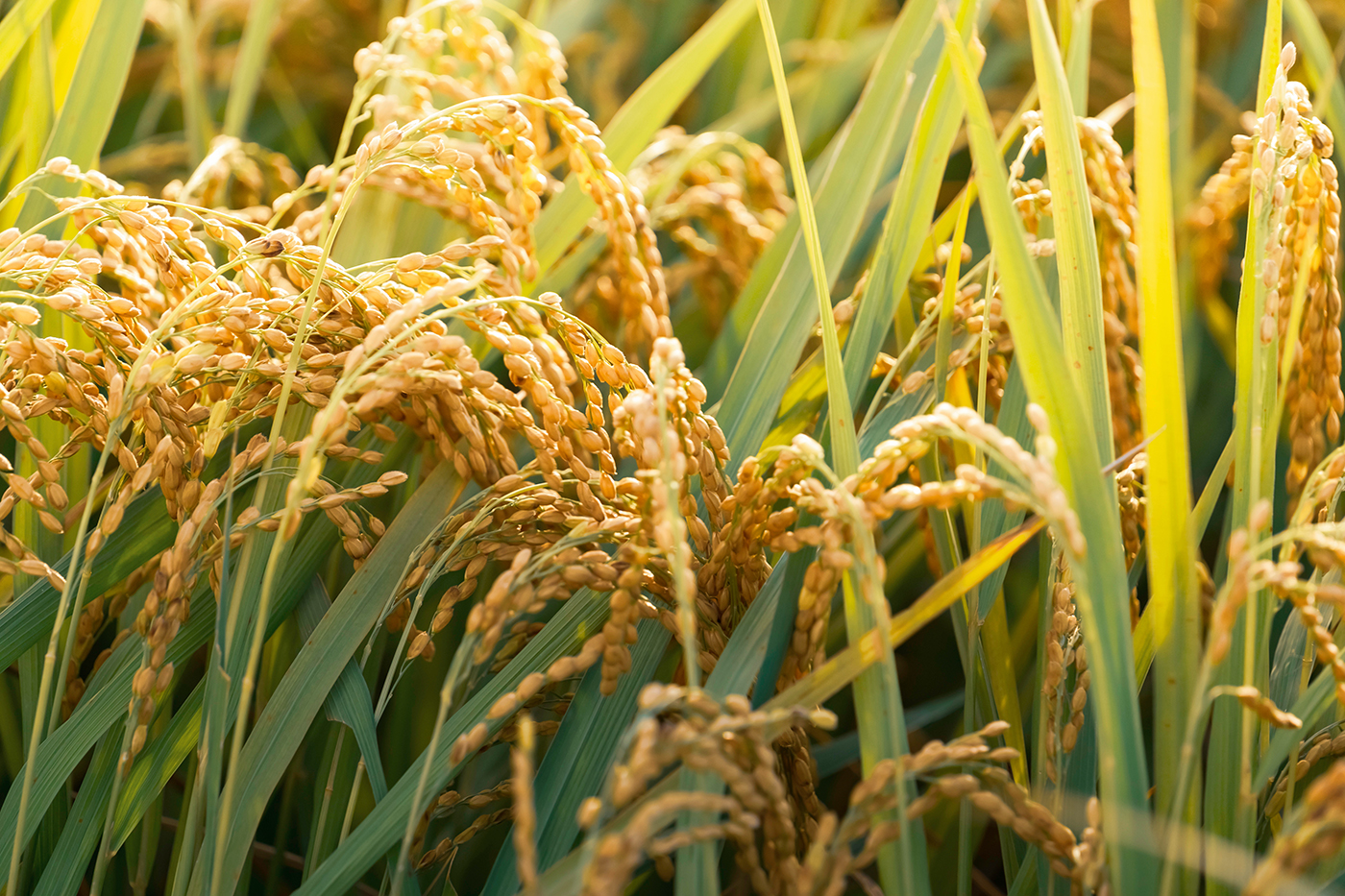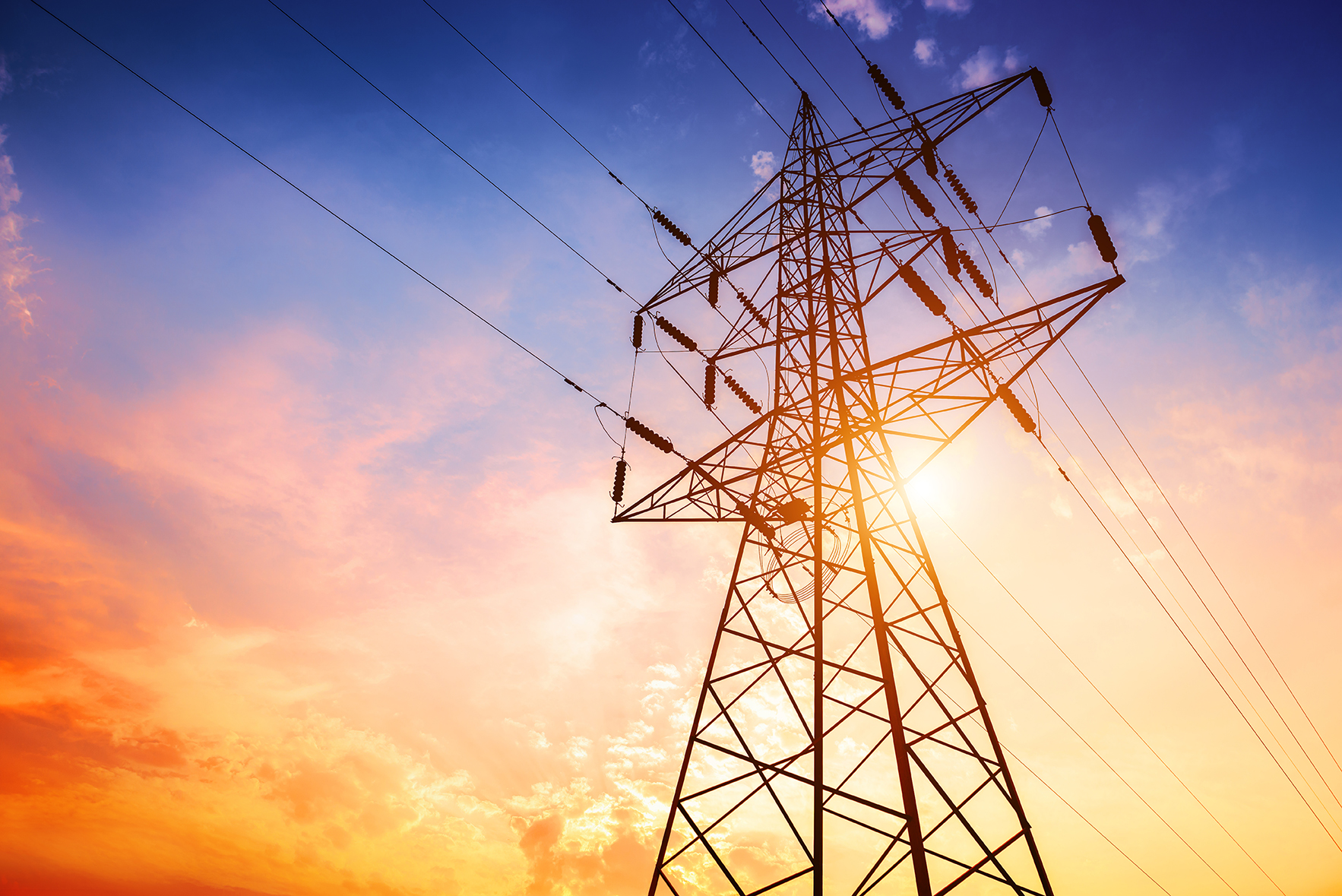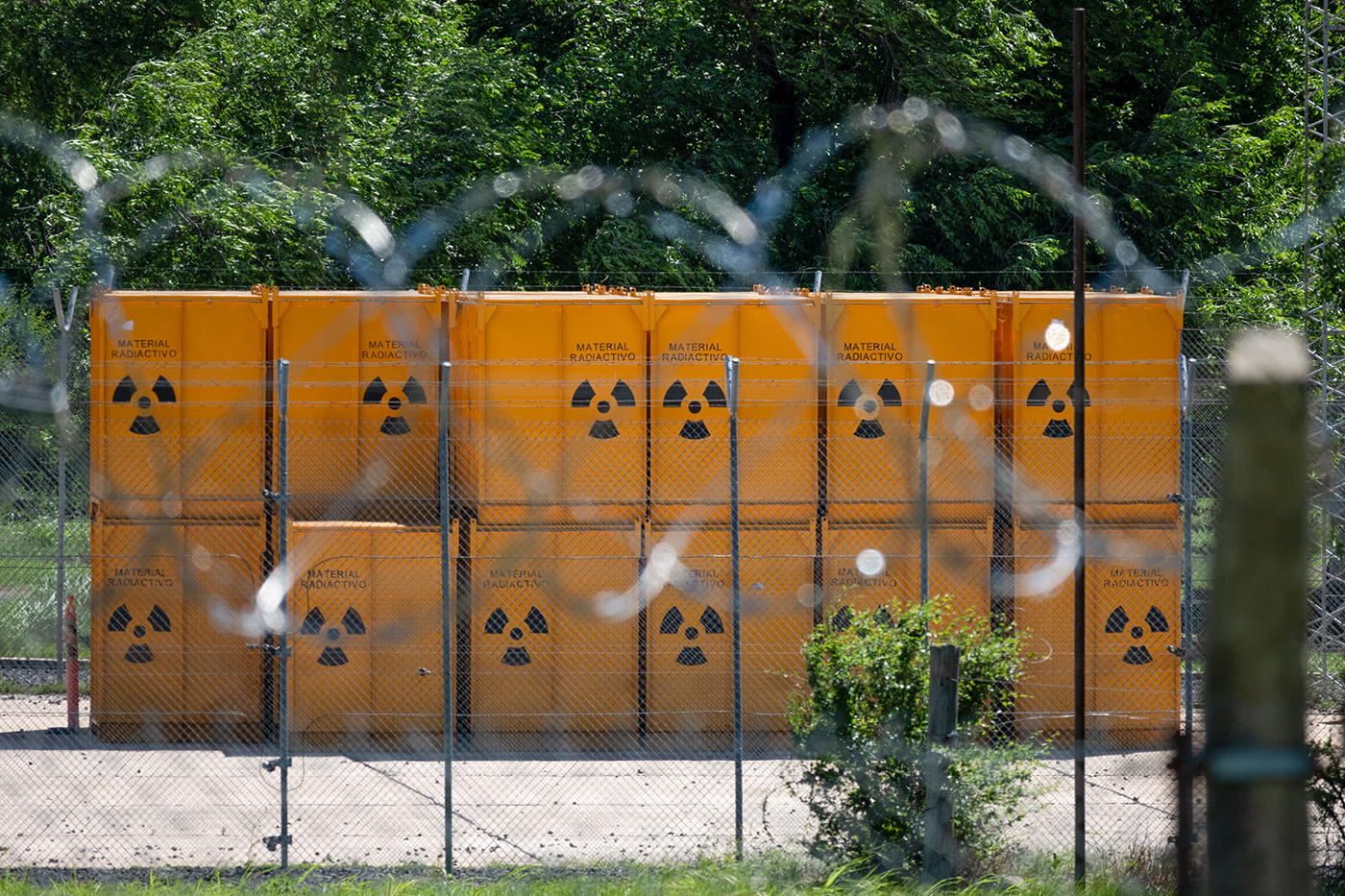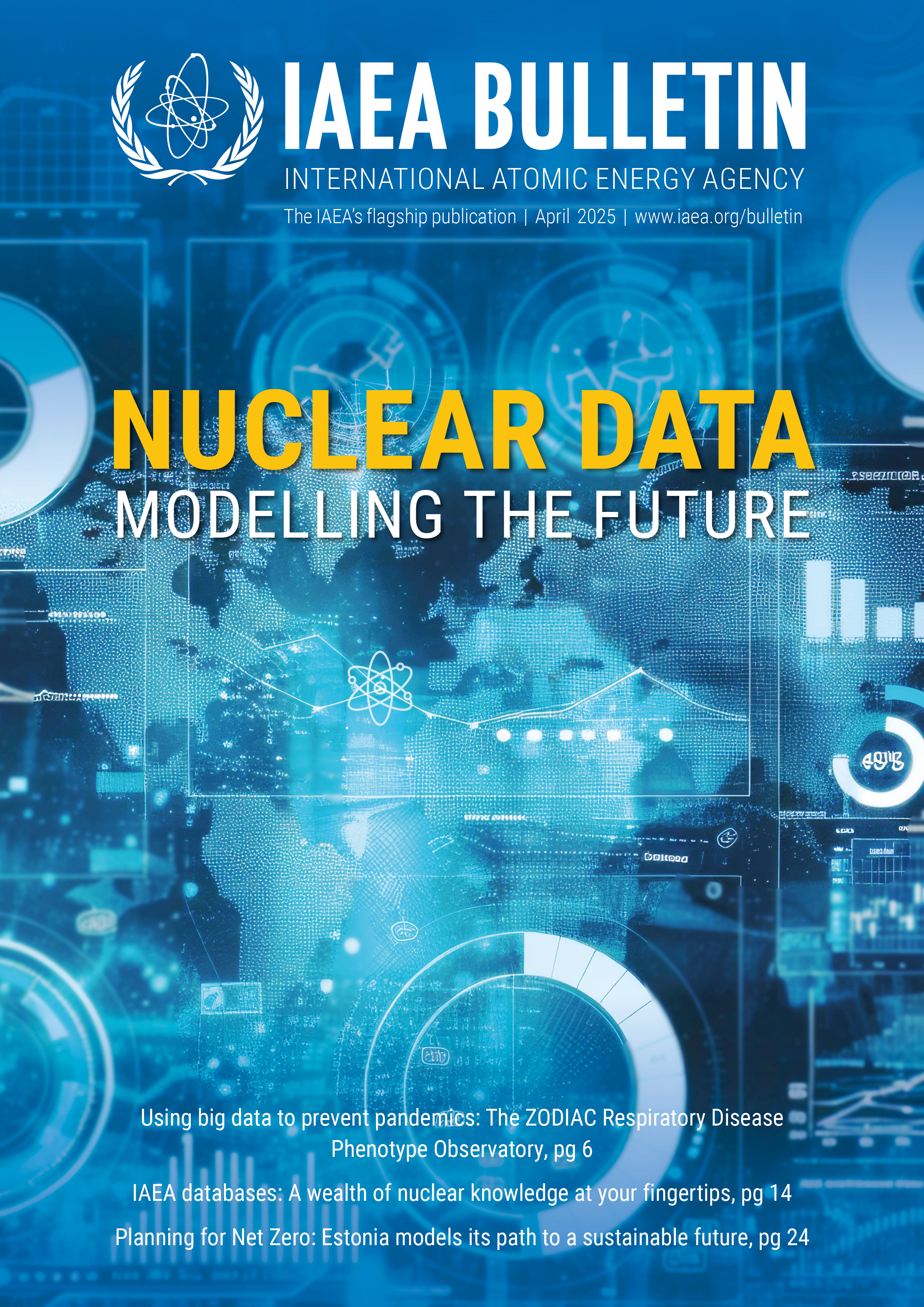Data underpins the IAEA’s work in areas ranging from agriculture and the environment to health and nutrition, energy, nuclear safety and security and beyond. Below is a selection of IAEA databases that are supporting the work of decision makers, scientists and other experts around the world.
IAEA databases
Agriculture & Environment

Global Network of Isotopes in Precipitation
The Global Network of Isotopes in Precipitation (GNIP), established in 1960, provides scientists with detailed information on the origin of water samples from around the world, helping them to better understand the water cycle globally and locally. GNIP enables them to study how precipitation patterns change, how different rainfall events transfer to the groundwater system, and how changing global rainfall patterns affect local water resources. This in turn helps decision makers manage water resources more effectively.
FAO/IAEA Mutant Variety Database
Stronger, healthier and more resilient crops can strengthen food security and help advance development. Plant mutation breeding is an environmentally friendly process that uses radiation to speed up the natural process of spontaneous genetic variation to produce plant varieties with higher yields, shorter cultivation times and greater resistance to diseases, pests and climate change. The FAO/IAEA Mutant Variety Database documents new varieties of essential crops ranging from cotton to corn, tomatoes and soybeans, as well as over 200 others. The database currently includes more than 3400 varieties from 78 countries.
Health & Nutrition

Human Milk Intake Database
According to the World Health Organization, exclusive breastfeeding for the first six months of life offers benefits for optimal growth, development and health. The IAEA’s Human Milk Intake Database contains data from studies that use a non-invasive isotopic technique to measure how much milk breastfed infants consume. By combining and harmonizing studies from all over the world, the database aims to enable researchers to uncover new insights into breastfeeding practices, helping to promote them.
Body Composition Database
The IAEA’s Body Composition Database aims to help countries devise better health policies to combat growing malnutrition and obesity challenges worldwide. It brings together data on the proportion of fat and lean tissue in the human body, collected from all regions and all age groups using nuclear techniques. These data will help advance understanding of malnutrition, obesity and the factors affecting body composition, and support the design of nutrition strategies for prevention and management.
Doubly Labelled Water Database
Energy expenditure measurements are used to determine the number of calories a person needs to function. The IAEA’s Doubly Labelled Water Database collects these measurements from studies conducted around the world that use the doubly labelled water isotope technique, a non-invasive method that is the gold standard for measuring energy expenditure in normal, everyday settings. A useful resource for researchers and policymakers alike, the database has helped redefine our understanding of human energy metabolism and is enabling nutrition experts to re-evaluate human energy requirements.
Medical Imaging and Nuclear Medicine Global Resources Database (IMAGINE)
Medical imaging and nuclear medicine are crucial to diagnosing and treating cancer, heart conditions, infectious diseases such as tuberculosis and more. However, vast gaps in access to these crucial tools still exist. The IMAGINE database provides detailed information on medical imaging and nuclear medicine resources in over 190 countries and territories. This data is essential for strategic planning to improve health outcomes, particularly in low and middle income countries.
Energy

Advanced Reactor Information System
The Advanced Reactor Information System (ARIS) database provides countries with balanced, comprehensive and up-to-date information about advanced nuclear power reactor designs and concepts as well as important development trends. ARIS features power reactors of all sizes and types, including innovative reactor concepts still under development. It is a valuable resource for countries with nuclear power programmes, as well as those considering their first nuclear power plant.
Research Reactor Database
More than one third of the nuclear reactors in operation around the world are research reactors, which produce neutrons for medicine, industry and agriculture and are used in research, development, education and training. The IAEA’s Research Reactor Database contains technical information on over 800 research reactors in 71 countries.
World Distribution of Uranium and Thorium Deposits
The World Distribution of Uranium and Thorium Deposits (UDEPO) database contains information on the geological and technical characteristics of uranium and thorium deposits throughout the world, as well as their geographical distribution. UDEPO provides insights into uranium mineralization and is also used to evaluate regional-scale resource potential and related modelling and assessment methods. Users include academic and industry researchers, policymakers and decision makers, and the general public.
Safety & Security

Radiation Safety Information Management System
The IAEA’s Radiation Safety Information Management System (RASIMS) gives countries a framework for collecting, viewing and analysing information on the status of their national infrastructure for radiation, transport and waste safety. It covers all aspects, including regulatory infrastructure, occupational radiation protection, radiation protection in medical exposure, public and environmental radiation protection, education and training in radiation protection and safety, and transport safety.
IPPAS Good Practices Database
The International Physical Protection Advisory Service (IPPAS) assists countries in strengthening their national nuclear security regimes, systems and measures. It focuses on physical protection of nuclear and other radioactive material, associated facilities and activities. Drawing on the experience of more than 100 IPPAS missions over the past 30 years, the IPPAS Good Practices Database currently includes over 530 good practices for securing these materials, facilities and activities.
Incident Reporting Systems for Nuclear Installations
The IAEA administers three separate incident reporting systems for nuclear installations to help improve the safety at nuclear power plants, fuel cycle facilities and research reactors. The reporting systems collect, analyse, maintain and disseminate reports from participating countries on safety-related events at nuclear installations. They enable contributors to share operating experience and lessons learned with the international nuclear community so that other users can use this information to improve safety at their nuclear installations.
_________________________________________________________________________________
A world of nuclear knowledge
The International Nuclear Information System (INIS) hosts one of the world’s largest collections of published information on the safe, secure and peaceful uses of nuclear science and technology.
INIS contains bibliographic references and full-text knowledge products for conventional and non-conventional literature, including scientific and technical reports, conference proceedings, patents and theses. It covers all areas of IAEA activities, including nuclear engineering and technology, nuclear safety and radiation protection, safeguards and non-proliferation, applications of nuclear and isotope techniques, nuclear and high energy physics, nuclear and radiation chemistry, nuclear applications in life sciences, environmental and economic aspects of nuclear and non-nuclear energy sources, as well as legal aspects.
Established in 1970, INIS is operated by the IAEA in collaboration with over 130 countries. INIS assists Member States in building and expanding their nuclear information capacities through the IAEA technical cooperation programme as well as e-learning courses and training events covering all aspects of INIS operations.
